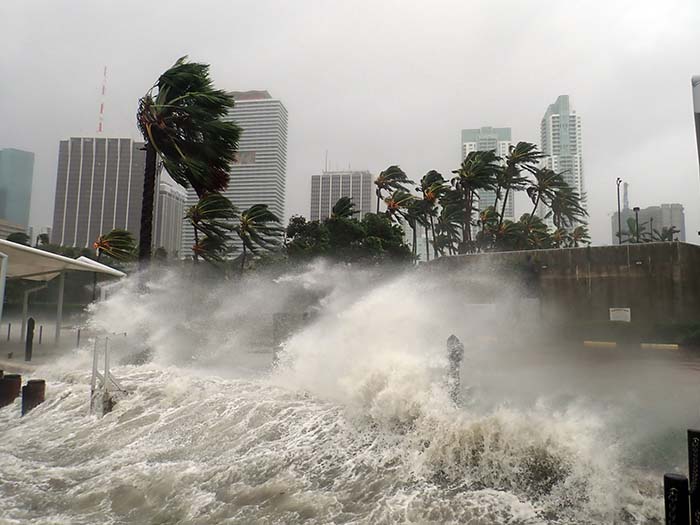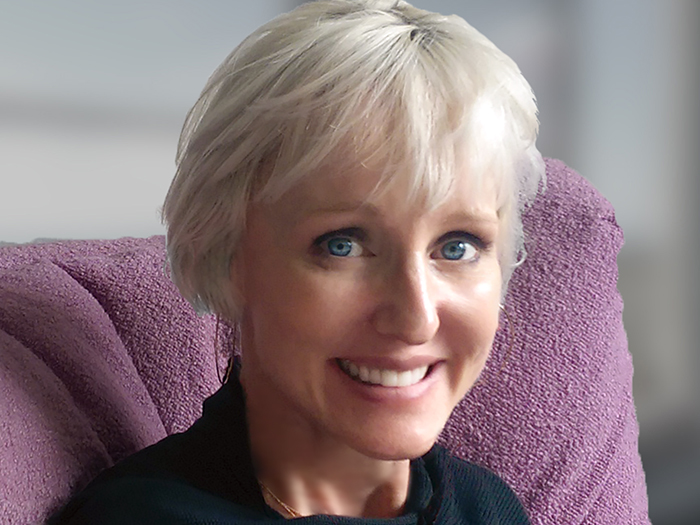Why Nat CATs and Economic Uncertainty Have Risk Managers Eyeing Alternative Risk Management Solutions

Over the last several years, insureds have seen rate increases across a number of lines. Shifting exposures, economic uncertainty and other factors are causing carriers to decrease their appetites for a number of risks in the commercial property and casualty market.
Few lines are experiencing as dramatic an increase in rates as the property market.
Battered by years of increasingly frequent natural catastrophes, many property carriers are pulling back their capacity. Costs of recovery, too, are increasing. Supply chain delays, gaps in property valuations, rising interest rates and inflated building materials prices are all raising claims expenses. Bob Nusslein, head of innovative risk solutions for the Americas with Swiss Re Corporate Solutions, estimates that rates are increasing by 30-50% or more for insureds with heavy CAT exposures.
“In my career, I haven’t seen a property insurance market as hard as this one right now,” Nusslein said. “It’s hardened significantly over the past several years. Prices, particularly for property insurance and Nat CAT risk, are up dramatically. Retentions are up, terms and conditions and policies are starting to become more restrictive.”
As markets harden across a number of lines, insureds are turning to alternative risk transfer solutions to manage property and other risks. Captives, aggregate stop loss covers, parametrics and multi-year, multi-cover solutions are all stepping in to help manage gaps in traditional policies and will likely remain a vital resource in risk manager’s toolboxes for years to come.
In Today’s Hard Property Market, Insureds Are Retaining More Risk
To manage major rate increases on their property policies, many companies are retaining exposures they may have once tried to transfer with a primary layer.
“They’re considering with their brokers how to take on additional retentions, whether it’s in their captive, whether it’s higher deductibles or higher self-insured retentions,” Nusslein said.
A long popular solution for self-retaining risk, captives are once again seeing increased interest from insureds. “Some companies that don’t have a captive set up already are rushing to do so,” Nusslein said.
Companies that are hesitant to set up their own insurance company through a captive may look into virtual captive solutions. Virtual captives use the same financial mechanisms of its traditional counterpart, but a carrier partner manages the administration components, eliminating the need for a separate, legal entity.
“The virtual captive allows an insured to fund the first event on an insurer’s balance sheet like they would with a captive if they had one set up,” Nusslein said. “Many even use a virtual captive program as an interim step to gain more time to methodically decide how they’re going to use and implement a captive.”
Others are using aggregate stop loss covers either independently or in addition to their captives. With an aggregate stop loss cover, businesses receive insurance payments if the total number of claims in a particular year exceeds a particular amount. So if an insured anticipates experiencing only one Nat CAT event and they experience two or three, the policy would kick in.
“The corporate insured may take the first loss, but maybe they can’t retain the second, or the third. We may provide an aggregate stop loss cover which attaches at a second event or a third event to basically stop the bleeding by providing an aggregate loss cover,” Nusslein said.
“An aggregate stop loss cover prevents an insured from exhausting the risk retention capability of their captive, eroding capital and surplus, or for the corporate if they don’t use a captive. The insured is willing to retain more risk, but needs protection for that second or third event.”
The Year of Parametrics?
In addition to retaining more of their exposures, insureds are turning to parametrics to supplement or fill gaps left by traditional commercial property policies. Parametric policies pay using an index system. If a particular event occurs, an insured receives a pre-set amount of money.
Despite being a relatively underutilized form of insurance just a few years ago, brokers and insureds are clamoring for parametrics today.
“The past several years have been explosive. You’re seeing a lot of new entrants into the market,” Nusslein said. “There’s lots of knowledge. Companies, buyers and brokers are very well educated on parametric Nat CAT solutions.”
One reason insureds are turning to parametrics to manage property and Nat CAT perils is the fact that the funds are unrestricted. If a particular event occurs, an insured can use a parametric insurance payment to cover whatever loss is most pressing, including business interruption and contingent business interruption-related costs — an area where traditional policies have had difficulty.
“A parametric cover doesn’t require physical damage to pay like traditional insurance does,” Nusslein said. “Time element exposures — like business interruption, extra expense, expediting expense — those things are covered in a parametric program without physical damage.”
These policies are an excellent complement to traditional covers: “We see traditional natural catastrophe insurance and parametric covers working very nicely hand in hand,” Nusslein said.
“Losses are paid much more quickly with a parametric Nat CAT cover because those amounts are agreed to in advance. Liquidity is an important advantage. Insured’s don’t have to tap credit lines, or use cash reserves to recover from a natural catastrophe.
Property and Beyond: Multi-year, Multi-cover Policies
Property insurance isn’t the only commercial line where insureds are facing hard markets in recent years. Cyber, commercial trucking, general liability and many other lines have experienced market corrections in the past five years.
With so many lines grappling with rate increases, some insureds may seek stability through multi-year, multi-cover policies. Typically designed to cover a period of three years, multi-year, multi-cover insurance solutions use a single limit to cover a number of risks.
These policies are less common than they once were, according to Nusslein, but there’s still interest from insureds: “They’re less prevalent than in the past because a lot of carriers have decreased their risk appetite in U.S. casualty and other lines making integration more difficult,” he said.
“I think you see fewer and fewer broad multi-line integrated insurance programs with a shared aggregate limit over a multi-year policy term.”
While full-scale integrations are becoming uncommon, some companies have found success grouping a few different, similar lines into a single policy.
“You could have property, Nat CAT and some peripheral lines like inland marine, stock throughput, fiduciary liability or EPLI bundled together in an integrated cover,” Nusslein said.
Though alternative risk solutions like captives, aggregate stop loss covers, parametrics and multi-year, multi-cover solutions are often sought by insureds in order to manage hard markets, many are finding them valuable even when rates soften. Nusslein expects these solutions will remain relevant for years to come.
“Structured solutions provide insureds with more flexibility,” he said. “We see companies staying with the strategic solutions that we’ve put together in the hard and soft insurance markets. They become a strategic risk management tool.” &











